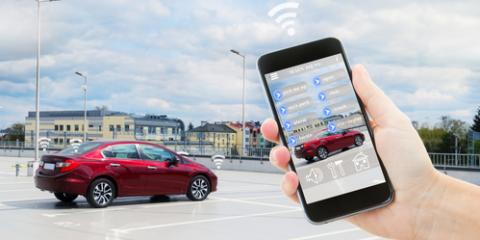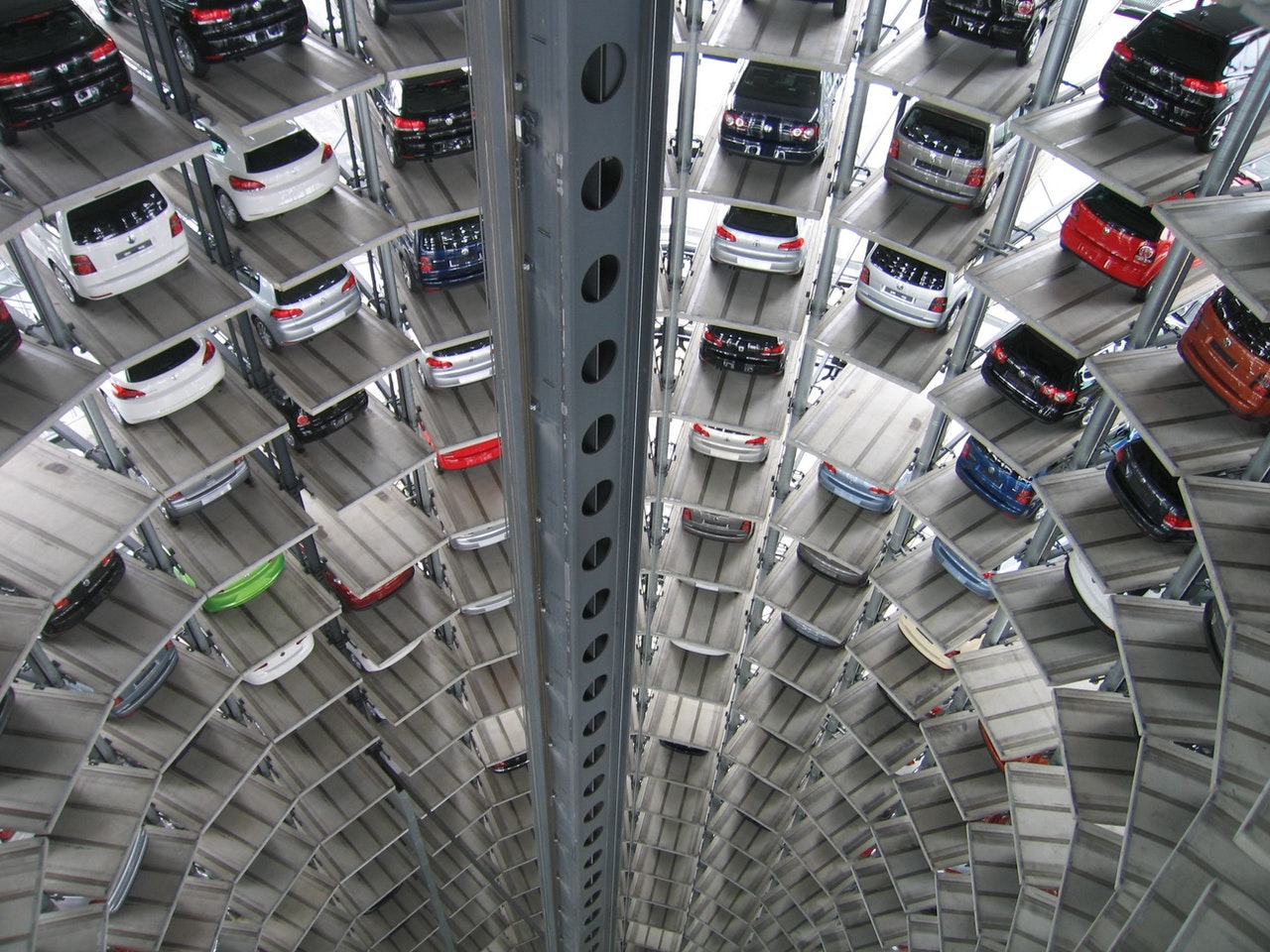The demand for passenger cars equipped with smart parking systems is increasing, owing to the rising need for reducing the stress of parking a vehicle in tight parking spaces.
Original Equipment Manufacturers (OEMs) are compelling smart park assist system manufacturers to focus on developing fully autonomous park assist systems.
The smart park assist system market for passenger cars is projected to grow at a CAGR of 17.94 per cent from 2016 to 2021, to reach a market size of USD 5.25 million by 2021.
Market growth is driven by factors such as rising concern over growing traffic congestion in cities, limited parking space availability, stringent emission regulations and supporting government policies. This is encouraging the market for passenger cars equipped with smart park assist systems.
Increasing vehicle sales and limited parking availability are expected to fuel the demand for smart parking in passenger cars.

The passenger car smart parking market is projected to grow at a CAGR of 17.94 per cent, to reach a market size of USD 5.25 billion by 2021.
Worldwide vehicle production has increased from 84.2 million in 2012 to 90.8 million in 2015. Furthermore since 2012, with a growth of 8.6 per cent, total passenger car production increased to 68.5 million in 2015.
This rapid increase in the number of cars on the road has not led to a similar increase in the availability of parking spaces.
In order to accommodate more vehicles, parking garages provide tight parking spaces. Many cities are planning parking infrastructure more efficiently.
This will drive the demand for passenger cars equipped with a smart park assist system. The factor restraining the market from growing is the high cost of developing a smart park assist system, which thereby increases the cost of a passenger car.
Parking sensors contribute the largest share, in terms of value and volume, in the smart parking components market for passenger cars.
Parking sensors dominate the smart parking component market for passenger cars. Parking sensors not only help in reducing the damage caused to the vehicle during parking and reverse but can also help in reducing traffic congestion by offering a better view or idea about the rear environment by alerting the driver.
The number of parking sensors used in a smart park assist system varies according to OEM and vehicle model.
In order to reduce accidents caused by vehicles reversing out of a parking space, the U.S. National Highway Traffic Safety Administration (NHTSA) ruled that all new passenger cars shall be equipped with rearview cameras from 2018 onwards.
Even the Indian Ministry of Road Transport and Highway (MoRTH) is expected to make rear-view sensors mandatory for all passenger vehicles in India. Governments across the world are in the process of implementing regulations to make reverse parking sensors mandatory in vehicles.

Smart Parking Sensor Technology
- Ultrasonic Sensor
- Radar Sensor
- Image Sensor
Radar sensor technology is the fastest-growing segment of the smart parking sensor technology market for passenger cars
Radar sensor technology is majorly used for detecting obstacles at a long-range distance. Although currently widely used in advanced driver assistance features, demand for radar sensor technology would increase with technological developments in the smart park assist system.
Ultrasonic sensors and image sensors are comparatively less expensive options for performing the basic function of obstacle detection, than radar sensors. However, developments in sophisticated smart parking such as fully autonomous parking will drive the demand for radar sensors – long-range distance detection features.
Asia-Oceania: Fastest growing smart park assist market for passenger cars
Asia-Oceania is estimated to be the fastest-growing smart park assist market for passenger cars and is projected to grow at the highest CAGR during the forecast period.
According to OICA, Asia-Oceania is the largest contributor to the world’s passenger car production. Passenger car production in Asia-Oceania totalled 40.0 million vehicles in 2015. China, Japan, and India are the largest contributors to the total passenger car production in Asia-Oceania.
As the number of vehicles on the road increases, the demand for parking spaces also increases. In order to meet the growing demand for parking spaces, governments are planning efficient parking infrastructure which minimizes wastage of space and accommodates a number of vehicles.
Such factors will increase the demand for passenger cars equipped with smart parking. The smart park assist system reduces the stress of parking in tight parking spaces and enables optimum utilization of the parking space.
Thus, increasing investment in parking infrastructure and improvement in traffic and parking management will drive the market for smart parking in Asia-Oceania.
Smart Parking Systems Major Market Developments
- In December 2016, based on the Thai government’s 4.0 initiative, Robert Bosch aims to create automated valet parking by 2018.
- In November 2014, Continental AG (Germany) opened a new automotive R&D centre for the Surround View system, in Lewes East Sussex (U.K.). The Surround View system uses cameras to provide drivers with a 360-degree view of the vehicle. The new centre will monitor the ongoing and future trends of the Surround View systems. Future Surround View systems will provide 3D views to the driver of the vehicle and improve situational awareness. The company aims to realize fully automated parking based on camera technology from 2018.
- In February 2014, Valeo S.A. (France) signed a partnership agreement with Leddartech (Canada), a manufacturer of advanced detection and ranging solutions. The agreement enables both companies to develop an infrared sensor for obstacle detection on-road and tracking functions. This partnership is in line with Valeo S.A.’s goal of developing high-end ultrasonic sensors, radar, cameras, laser scanners and software to make cars safer and more intuitive driven.
Government
Different governments across the world have diverse regulatory norms and conditions which are the reason local governments and municipalities are facing challenges in parking management.
Most of the world’s population is moving from rural to urban areas, and hence, managing their vehicles becomes a challenge for the concerned government.
The other challenge faced by this industry vertical includes providing sufficient and comfortable parking spaces to the city’s inhabitants, guests, and commuters. This vertical is among the largest adopters of parking management solutions and this trend is expected to continue during the forecast period.
Commercial
The commercial sector is the backbone of the economy and plays a significant role in the development of the country. For the corporate and commercial parks industry, parking management solutions mainly include the installation of automated pay stations and advanced parking garages.
These advanced parking garages are equipped with automated valet parking systems. The major challenge faced by the corporate and commercial parks industry is the management of a single parking facility for multiple companies with regular users.
The efficient use of parking management solutions in these verticals results in optimized performance, increased productivity, and reduced delivery times for the people working in this sector.
Right Lines and a Lot More
Parking lots contain lines between parking spaces, handicapped markings in specific areas, and occasionally even the names of people who are meant to park there.
The lines are usually either white or yellow but can also be blue or, in fact, any other colour you like. In fact, the companies offering this service can even paint the spaces a colour such as green and put the markings in white if you want because they are always available to develop a personalized job just for you.
I have has 3+ years’ experience in Primary & Secondary Market Research, Business Analysis, Market Trend Mapping & Forecast, Competitive Intelligence, etc. As a Research Analyst at MarketsandMarkets, I have responsibility for report making, data analysis, data forecasting, handling consults and ad-hoc client requests and diligent with strong problem solving to build information products aligned with client’s requirements.
